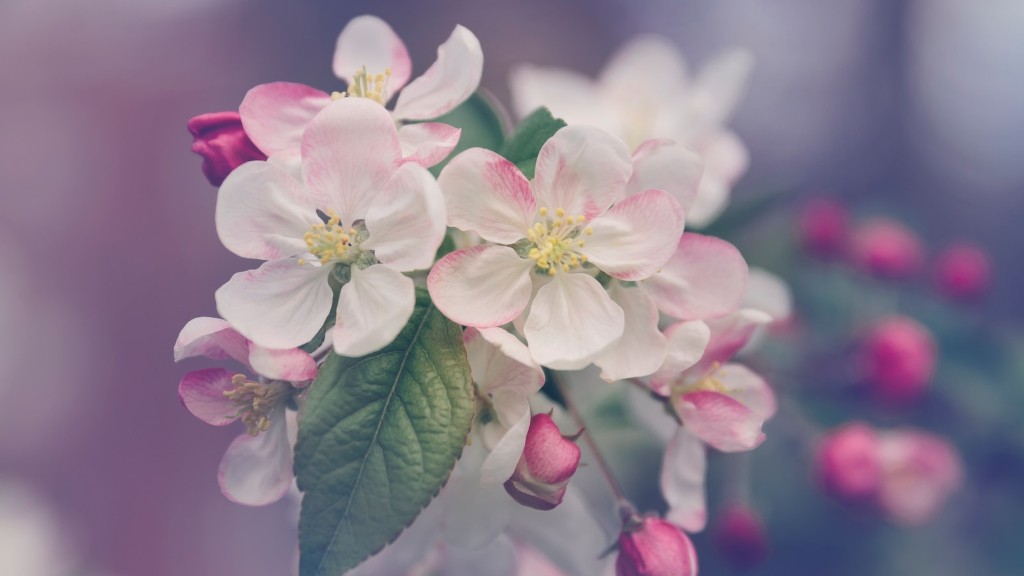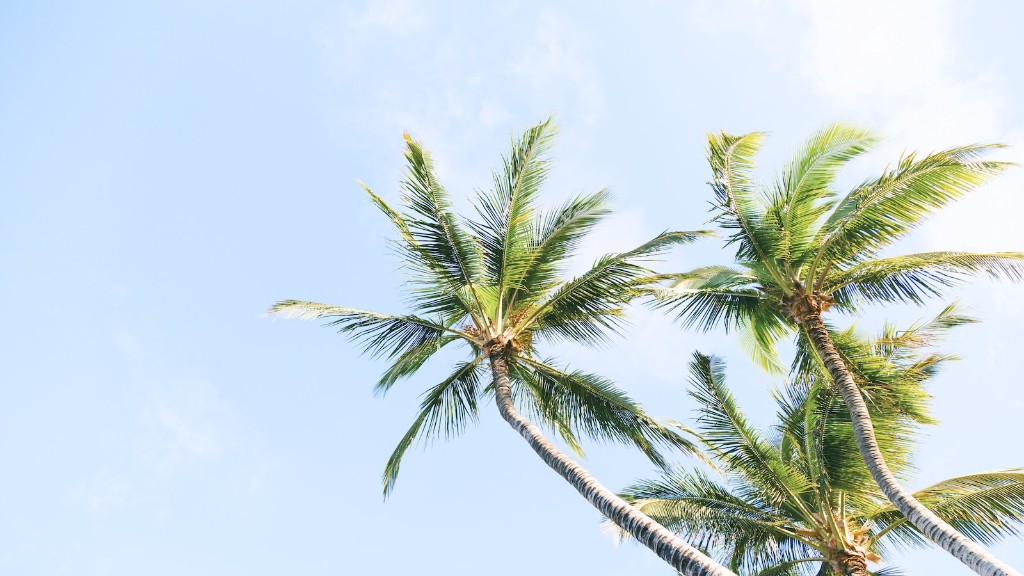Cherry Tree Varieties & Climate
Cherry trees come in a variety of types, ranging from sweet to sour. Varieties that are best suited for the local climate often require soil conditions and amounts of sunlight that may not be typical for other areas. Most cherry trees require warm temperatures and plenty of sunshine or a temperate climate, and soil with good drainage in order to thrive. If a cherry tree is planted in soil that is too wet or too dry, or in a climate that is too cold or too hot, then it won’t bloom properly.
Water and Nutrients
Cherry trees may not bloom if the soil is lacking nutrients or if the tree is not receiving enough water. A regular regime of fertilizing can help increase the chances of the tree blooming depending on the variety, however, some varieties of cherry are more drought-tolerant than others. Over-watering the tree can also affect bloom and cause the tree to drop flower buds instead of opening them.
Insects and Disease
Pests such as mites, aphids, and mealybugs can attack a cherry tree and interfere with the tree’s ability to bloom. All pest infestations should be identified and controlled as quickly as possible; this includes removing dead plant material and keeping weeds in check. Diseases such as brown rot or blossom blight can also reduce or prevent cherry trees from blooming, and steps should be taken to identify and control them as soon as possible.
Pruning and Grafting
Pruning is essential for an optimal cherry tree bloom. Pruning helps a tree direct its energy toward forming new flower buds for the next season, rather than trying to form fruit on the previous season’s growth. Grafting, a process in which new varieties of cherry trees are created, can also interfere with the bloom of certain varieties of cherry trees. This method involves splicing two distinct varieties of cherry trees together so that the tree will grow with flowers of two distinct varieties.
General Practices
Caring for the tree correctly is essential if it’s going to reward your efforts with a healthy bloom. This means providing enough moisture and light, checking the soil’s pH level regularly, and keeping the tree free of pests and diseases. Mulching is also important to help retain moisture and prevent plants competing for the same nutrients as the cherry tree.
Not All Varieties Will Bloom
It’s important to remember that not all cherry tree varieties will bloom, even when provided with the correct conditions and care. If a cherry tree does not bloom, it’s possible that the variety is not suited for the climate or soil conditions, or that it is a variety that does not bloom at all.
Planting Too Deeply
Another common cause for a cherry tree not blooming is planting it too deeply. If the tree is planted too deeply, the energy required for blooming is greater than what is available and the tree may be unable to form flower buds. Planting too deeply can also lead to root loss, which can interfere with a tree’s ability to take up water and nutrients.
Pests and Disease, Part Two
The proliferation of certain pests and diseases can also cause cherry trees to not bloom. These can include viruses, fungus, and pests like mites and aphids. By understanding the specific pests and diseases that can affect a particular variety of cherry tree and then implementing the appropriate controls, it may be possible to improve bloom and fruit production.
Fertilizing & Soil Conditions
Fertilizing a cherry tree can be beneficial for improving bloom, but might not be necessary for some varieties. Depending on soil conditions, the type of fertilizer used, and the amount applied, fertilizers can have an adverse affect on the tree’s bloom. Too much fertilizer can over-stimulate the tree, causing it to drop buds or fail to open its flowers. Over time, the soil in which a cherry tree is planted can become over-fertilized, causing too much nitrogen in the soil. This can also cause a cherry tree to fail to bloom.
Improper Pruning
Improper pruning can also cause a cherry tree to not bloom. Pruning a tree incorrectly can cause excessive damage to the branches and flowers, which will prevent the tree from flowering. Pruning should not be done until the tree has completed its dormant period, and it should never be done without consulting an expert.
Frost Damage
Finally, frost damage can also cause cherry trees to not bloom. If temperatures drop below freezing at the time of flowering, the flowers can be damaged and the tree will not produce fruit. Frost protection is important if temperatures in the area can drop below freezing in the spring.
Too Much Shade
Cherry trees need plenty of sunshine to bloom and fruit well. Too much shade can result in poor flowering and fruiting. A cherry tree needs at least 6-8 hours of direct sunlight a day in order to reach its full potential. If a tree is planted in an area of too much shade, it may not bloom properly or at all.
Resetting the Biological Clock
Some cherry trees, particularly some dwarf and double-flowering varieties, may not bloom in their first year even when given the best of care. Resetting the biological clock is an alternative to resetting the tree’s circadian rhythm by placing it in a cool area for a few weeks before planting it in an area with more direct sunlight. This method can help stimulate bloom and increase the yield of fruit.
Inadequate Fertilizer and Nutrients
Cherry trees, like all plants, require adequate nutrients and fertilizer for successful bloom. If a cherry tree is not getting enough of the necessary nutrients, then it will struggle to bloom, as it requires a sufficient amount of nitrogen, phosphorous and potassium in order to form flower buds.
Environmental Conditions
Environmental conditions such as drought, winds and extreme temperatures can also interfere with a cherry tree’s ability to bloom properly. Cherry trees need at least 1 inch of water per week, so any periods of drought can prevent blooming. Additionally, cold temperatures and high winds can damage emerging flowers, while sustained periods of above-average temperatures can cause the buds to abort.



